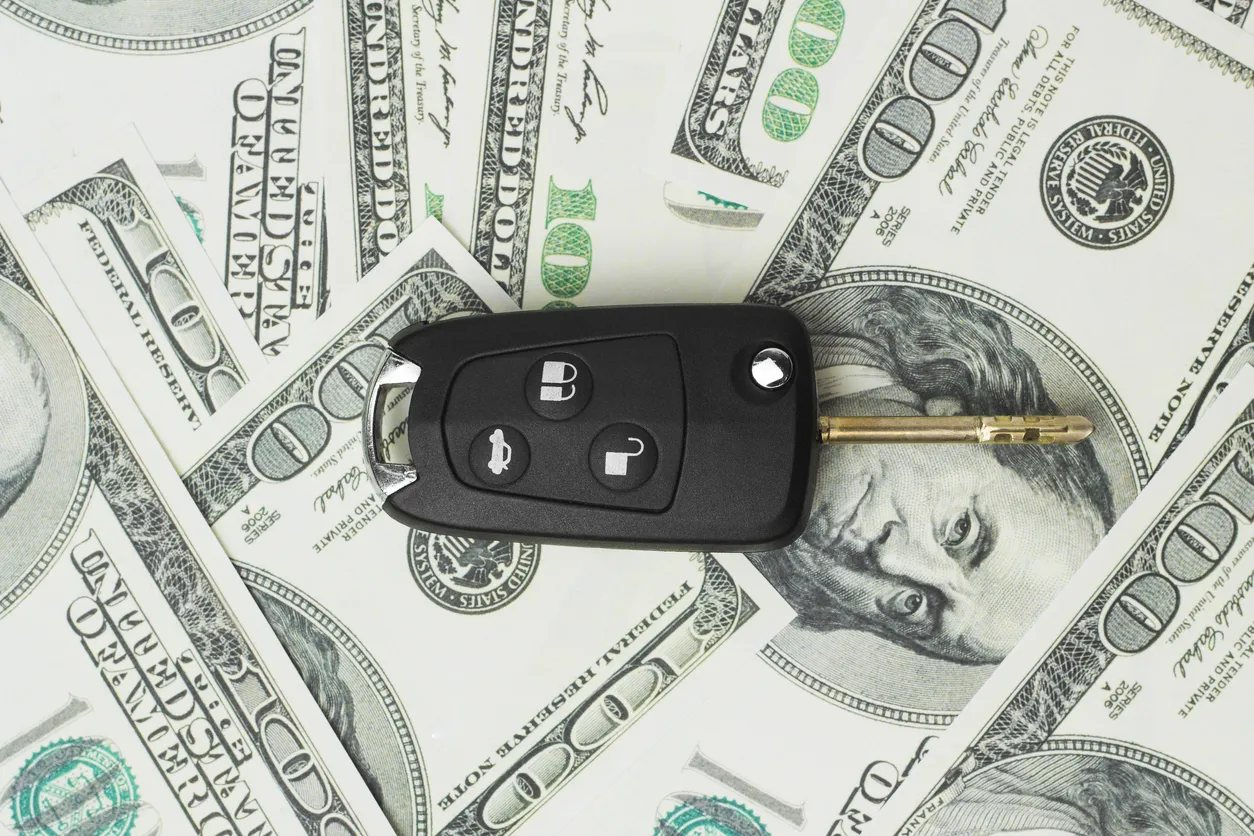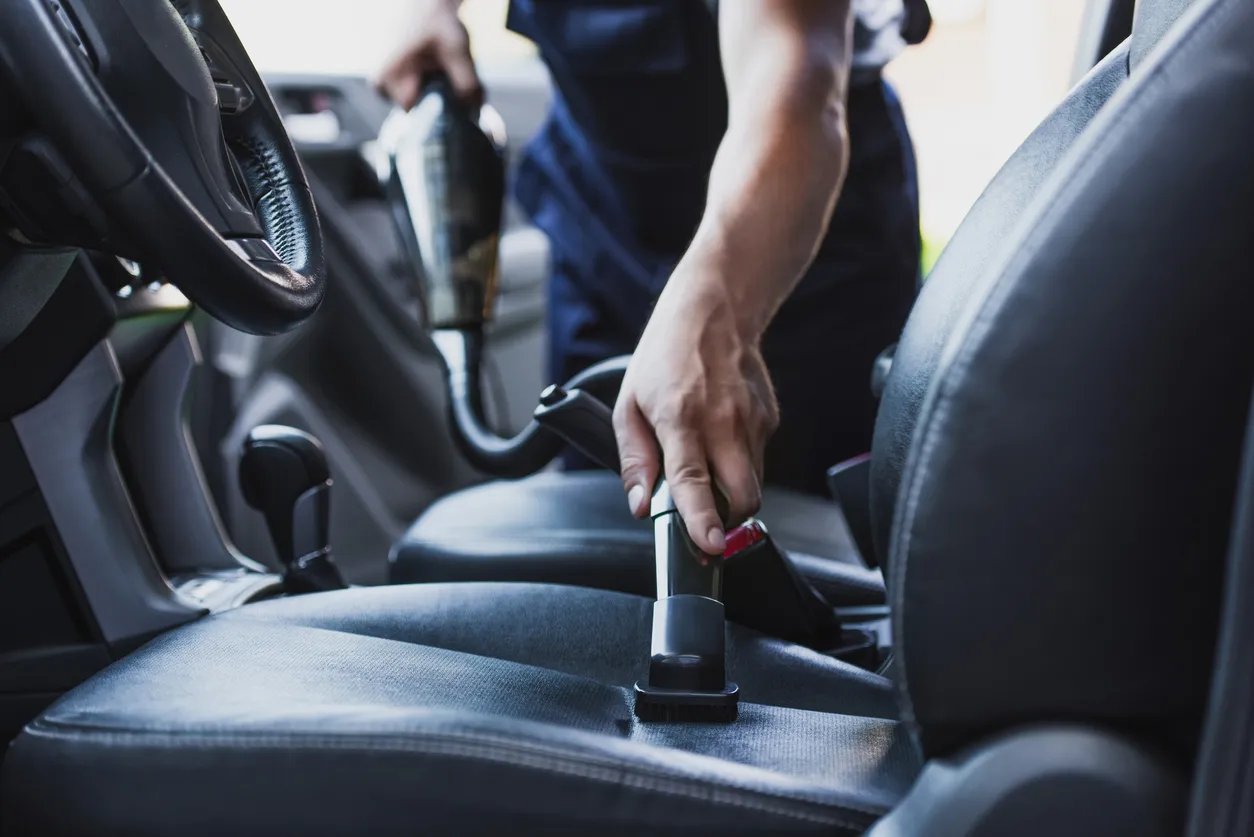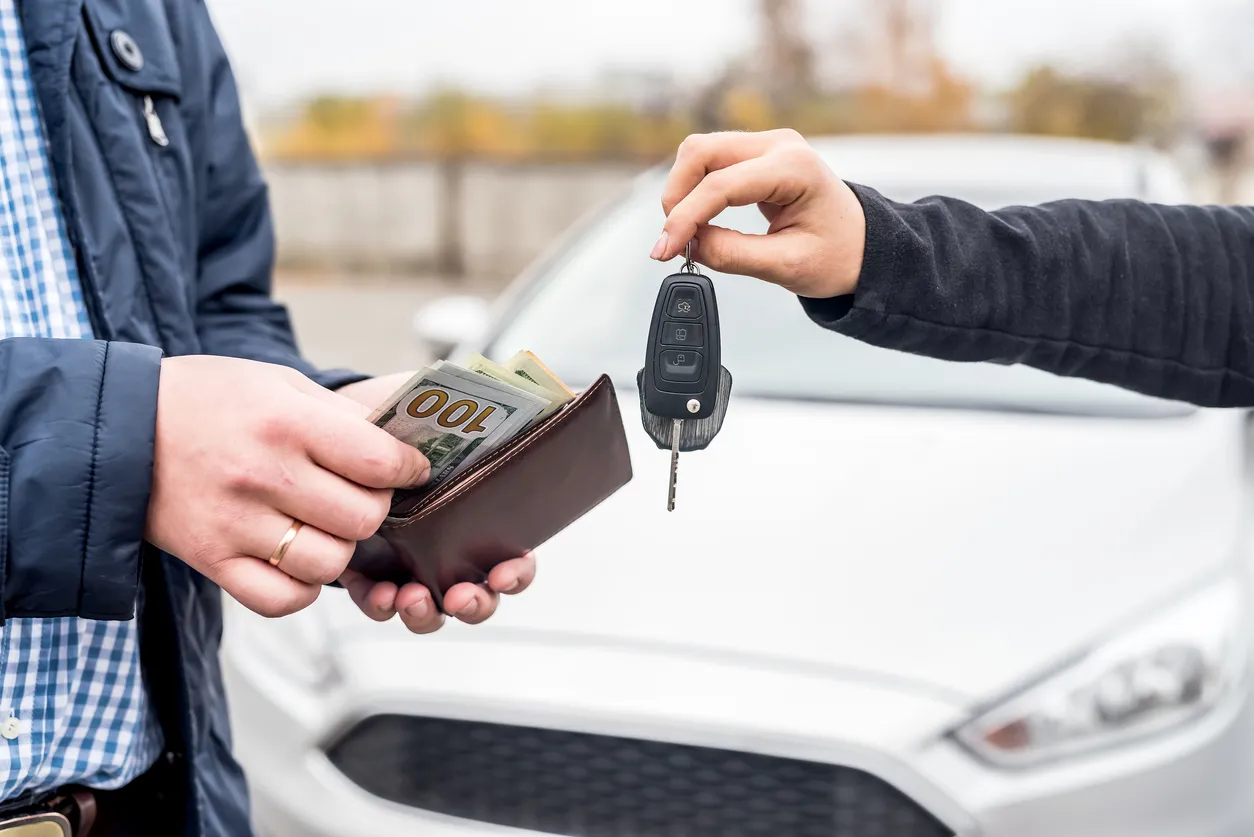10 Simple Steps to Help You Sell Your Car

Selling a car can be quite an undertaking - from gathering all the paperwork to deciding how to market your vehicle effectively. So, if you're feeling overwhelmed with trying to sell your car, GoodCar would like to share our easy-to-follow guide to help you sell your car, truck, or SUV!
Step 1: Understand and Know Your Current Vehicle Market
If you're looking to sell your car, it's important to understand the current vehicle market well. This will help you determine how much your car is worth and what kinds of buyers are out there.
There are a few things to keep in mind when considering the current vehicle market:
- The type of vehicle you have: Certain vehicles are in higher demand than others. For instance, SUVs and trucks are typically in high demand, while sedans may not be as popular. Knowing the type of vehicle you have will give you a better idea of its value.
- The condition of your vehicle: Obviously, a car in good condition will be worth more than one that needs some work. If you're selling a used car, be honest about its condition and be prepared to negotiate on price.
- The mileage on your vehicle: A car with lower mileage will be worth more than one with higher mileage. If you're selling a used car, potential buyers will want to know how many miles are on the odometer.
- Your location: The value of a car can vary depending on where it's being sold. In general, cars tend to be worth more in urban areas than in rural areas. However, this isn't always the case, so it's important to research local prices before listing your car for sale.
Step 2: Pricing Your Vehicle
When it comes time to sell your car, you want to get the best possible price. But how do you know what a fair price is? Here are some tips on pricing your vehicle competitively while still leaving room for negotiation.
Start by looking up the value of your car, which you can do through GoodCar when you run a vehicle history report. This will give you a good baseline idea of what your car is worth. Then, check out similar cars for sale in your area to see their prices. This will give you a better idea of what a fair price would be for your car.
Once you know what your car is worth, set your asking price slightly above that amount. This will leave room for negotiation while still ensuring you get a fair price for your car.
Finally, remember to compare vehicle features when pricing your car. If your car has more features than others for sale in your area, you can charge a bit more for it. But if it has fewer features, you may need to adjust your asking price accordingly.

Step 3: Get Your Vehicle Ready To Sell
When selling your car, you want to ensure it's in the best possible condition. That means taking care of basic maintenance like washing and waxing the exterior, cleaning the interior, and changing the oil. It would be best if you also filled the tires with air so they're at their proper pressure. These simple steps will help you sell your car more easily and get a better price for it.
Step 4: Select Your Advertising Medium
There are several different advertising mediums you can use to sell your car. You'll want to choose the one that will reach the most potential buyers in your area.
Social media is great for reaching a large audience with your sale listing. You can post your listing on Facebook, Twitter, and other social media platforms. Be sure to include photos and all the details about your car.
Newspaper classifieds are another option for reaching local buyers. Many people still browse the paper looking for cars for sale. Again, be sure to include all the details and photos of your car.
Online listings like Craigslist are another great way to reach potential buyers. You can list your car on several different websites where people are searching for cars. Be sure to include lots of photos and all the details about your car.
You can also park your car in a high-traffic area with a “For sale” sign. This is a good option if you get a lot of foot traffic in your neighborhood or near your workplace. Just be sure to remove the sign when the car is sold!
Step 5: Creating Quality Ads
When creating quality ads, there are a few key things to remember:
- Use keywords that will attract attention, such as "Must Sell" or "Best Offer."
- Be clear about your asking price, and don't be afraid to list a firm price.
- Ensure your ad is well-written and free of grammar or spelling errors.
By following these simple tips, you'll be sure to create an ad that will help you sell your car quickly and for the best price possible.
Step 6: Meeting Up With Prospective Buyers
When you decide to sell your car, the next step is meeting with prospective buyers. Screening buyers is important to ensure a smooth transaction - you want to avoid any red flags that might indicate a scam. When selecting a meeting location, choose a public place that is well-lit and busy. Never go alone to meet a buyer - always bring a friend or family member. When showing the car, let the buyer drive and take them on a route you have pre-selected. This will help avoid any potential problems during the test drive. By following these simple steps, you can help ensure a successful sale of your car.

Step 7: Negotiate The Best Selling Price
- Before you list your car for sale, research the fair market value of your car. You can find this information online or by visiting a local dealership. Once you know what your car is worth, you can set a fair price for both you and potential buyers.
- Be open to negotiating with buyers. Many people are looking for a great deal on a used car, so be prepared to haggle a bit over the price. Remember, the goal is to sell your car quickly and for the most money possible.
- Don't be afraid to walk away from a deal if you feel you're not getting a fair price for your car. There will always be other interested buyers if one person isn't willing to meet your asking price.
Step 8: Dealing With Unexpected Complications
If your car starts having mechanical problems after you've already agreed on a sale price with a potential buyer, you have a few options. You can try to negotiate with the buyer to see if they're still interested in the car at a reduced price, or you can offer to have the repairs done by a mechanic that you both can agree on and trust. Ultimately, it's up to you to decide whether or not you want to sell the car as-is or try to make some repairs first. If you do decide to make repairs, be sure to get quotes from multiple mechanics so that you can get the best possible price.
Step 9: Finishing The Sale and Avoiding Fraud
When you've finally found a buyer for your car, it's time to finish the sale and get the money you're owed. While many people opt for payment by check or PayPal, cash is always best. Not only do you avoid fees associated with other methods of payment, but you also eliminate the risk of fraud.
If the buyer insists on paying by check, be sure to go with them to their bank to witness the transfer of funds. This way, you can be sure that the check is good and that the funds are actually in the buyer's account. For other types of transactions, make sure you have some type of physical proof of the money before you sign over anything. Online platforms are not always the safest option, so they should be avoided whenever possible.
Once you have received payment, be sure to sign over the title of the car to the new owner. This completes the transfer of ownership and ensures that you are no longer liable for anything that happens to the car after it has left your possession.
Step 10: After The Vehicle Sale
After you have sold your car, there are a few final steps you need to take care of in order to complete the sale. First, you will need to go to your local DMV office and fill out the paperwork required to transfer ownership of the vehicle. Once that is done, you can remove your plates from the car and sign over the title to the new owner. Finally, don't forget to cancel your insurance on the vehicle; otherwise, you could be held liable for any damages that occur.
While GoodCar understands that each situation is different and the relationship between each buyer and seller will vary, the guidelines provided above should make the process of selling your vehicle safer, faster, and easier for everyone involved!
FREE Vehicle Search
- Accidents
- Problem Checks
- Title Records
- Recalls
- Values
- Specs
-
InfoPay, Inc. (dba GoodCar) is an Approved NMVTIS Data Provider
-
-

















